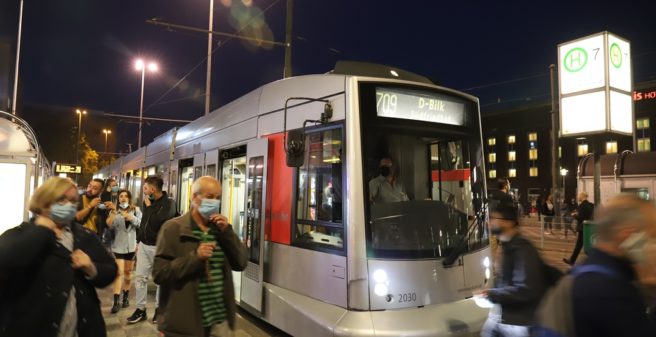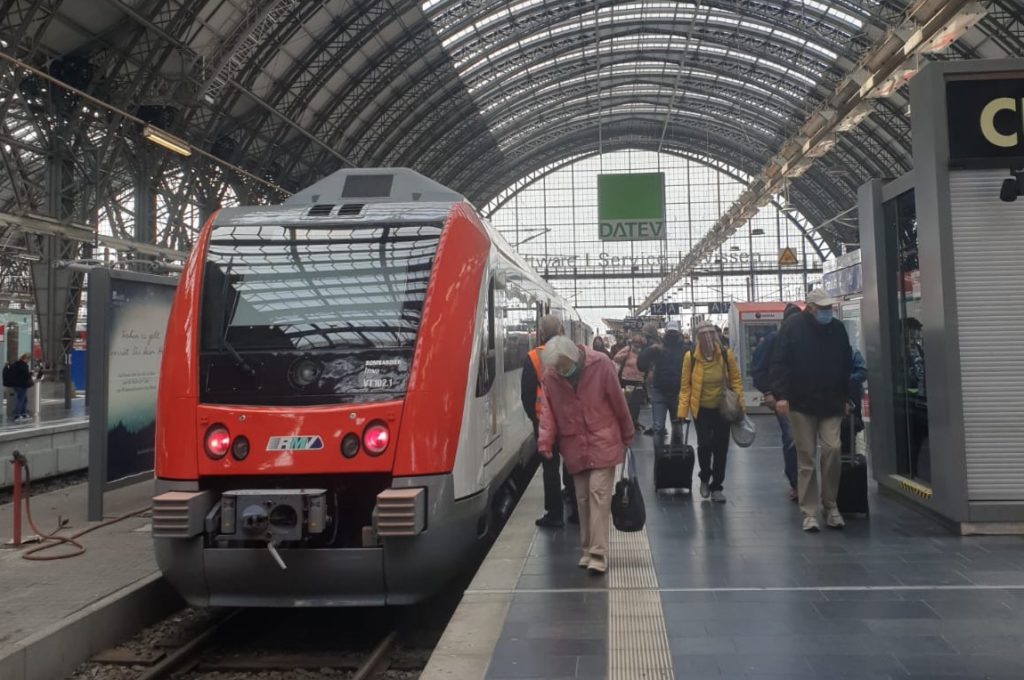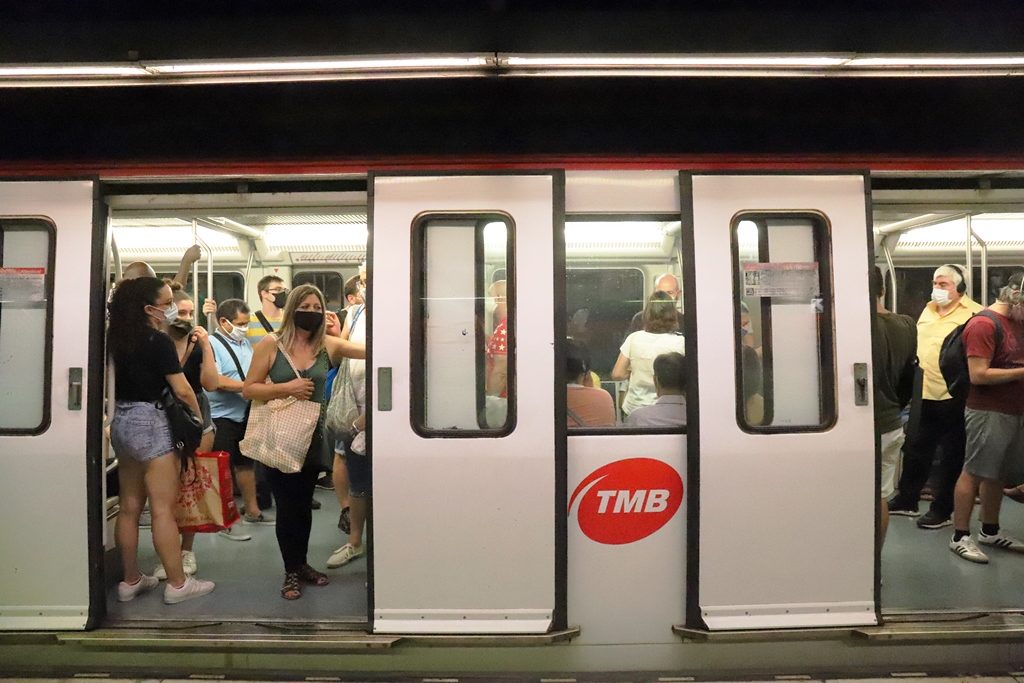
According to a recent survey published by the German public transport association VDV, there is only a very low number of corona infections among public transport employees. The association has now received feedback from 94 local transport companies from all over Germany. Among the almost 80,000 employees there have been a total of 233 confirmed corona infections since the beginning of the pandemic. This corresponds to a rate of 0.29%, while the nationwide figure for the total population is almost twice as high at 0.54% (as of 27 October). “This result very clearly underpins what various national and international scientific studies and independent experts have already established: Public transport is not a corona hotspot, and the risk of infection in public transport is extremely low. It also shows that the measures taken in public transport, such as compulsory masks, regular and extensive ventilation of vehicles and more intensive cleaning, successfully contribute to containing the corona virus,” says VDV President Ingo Wortmann.

Among the 94 companies that have taken part in the VDV survey so far are numerous large and medium-sized cities from conurbations as well as smaller companies from more rural areas throughout Germany. The results are therefore representative and meaningful for the entire industry. The association not only asked about the total number of infections in the companies, but also broken down by the various occupational groups. The focus here is particularly on employees who have direct customer contact in the course of their work. These include ticket inspectors*, service and security personnel with customer contact and driving personnel, especially bus drivers*.
“In these occupational groups, the daily stay in the vehicles for several hours and contact with passengers naturally lead to the suspicion of an increased risk of infection, but this could not be confirmed by the survey. On the contrary, we have so far had one reported case of corona among inspectors and security staff. Among service personnel with customer contact, for example in the customer centres, the rate of infected persons is 1.05%,” says Wortmann. For driving personnel, by far the largest occupational group, the overall rate across all driving professions is 0.39 %. For bus drivers, who in contrast to tram and underground drivers or train drivers are not completely separated from the passenger compartment, the rate is even lower at 0.28 %.

Only 9 of the 233 people infected with corona have been proven to be infected during work
The VDV has also asked its member companies where the infected employees were infected. The result: only 9 of the 233 confirmed corona infections were proven to have taken place during service. 132 infected employees were infected outside the service, in the remaining 92 cases the place of infection cannot be clearly established. “If you follow the current corona rules in public transport and behave prudently, the risk of infection is very low. For our passengers it is even lower than for our employees. This is because many of our employees spend several hours a day on buses and trains for work-related reasons, while our customers spend a much shorter time travelling with us. We will, of course, continue to consistently implement all the necessary measures to minimise the risk of infection, from the control of compulsory masks to cleaning and hygiene measures to information, education and sensitisation of passengers. To ensure that public transport remains a safe and reliable means of transport for everyone, even during the pandemic,” concluded Wortmann.

